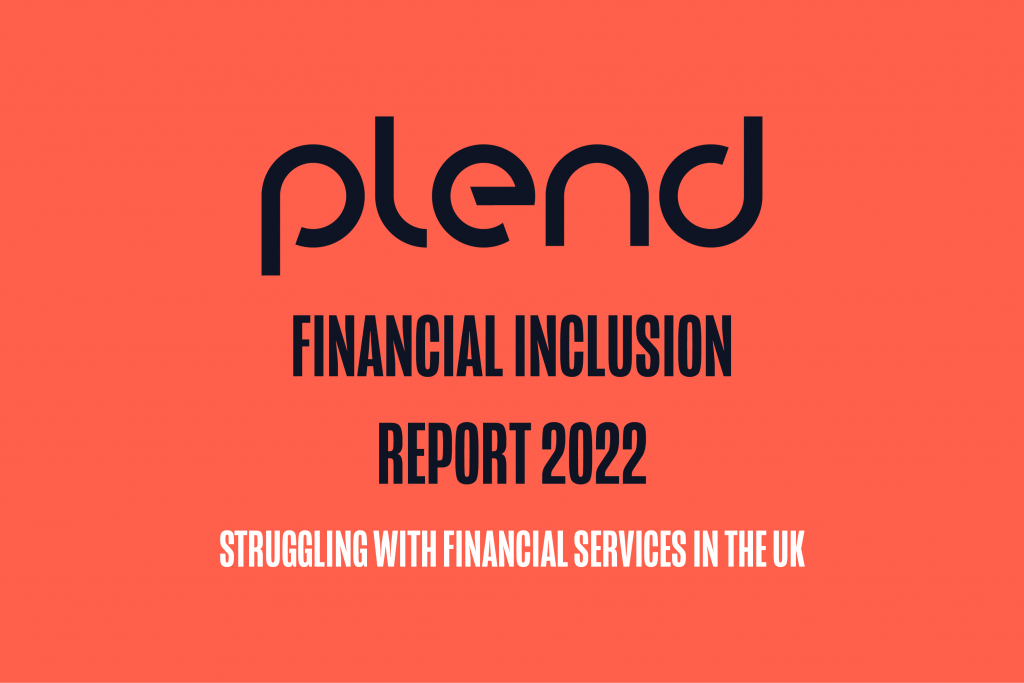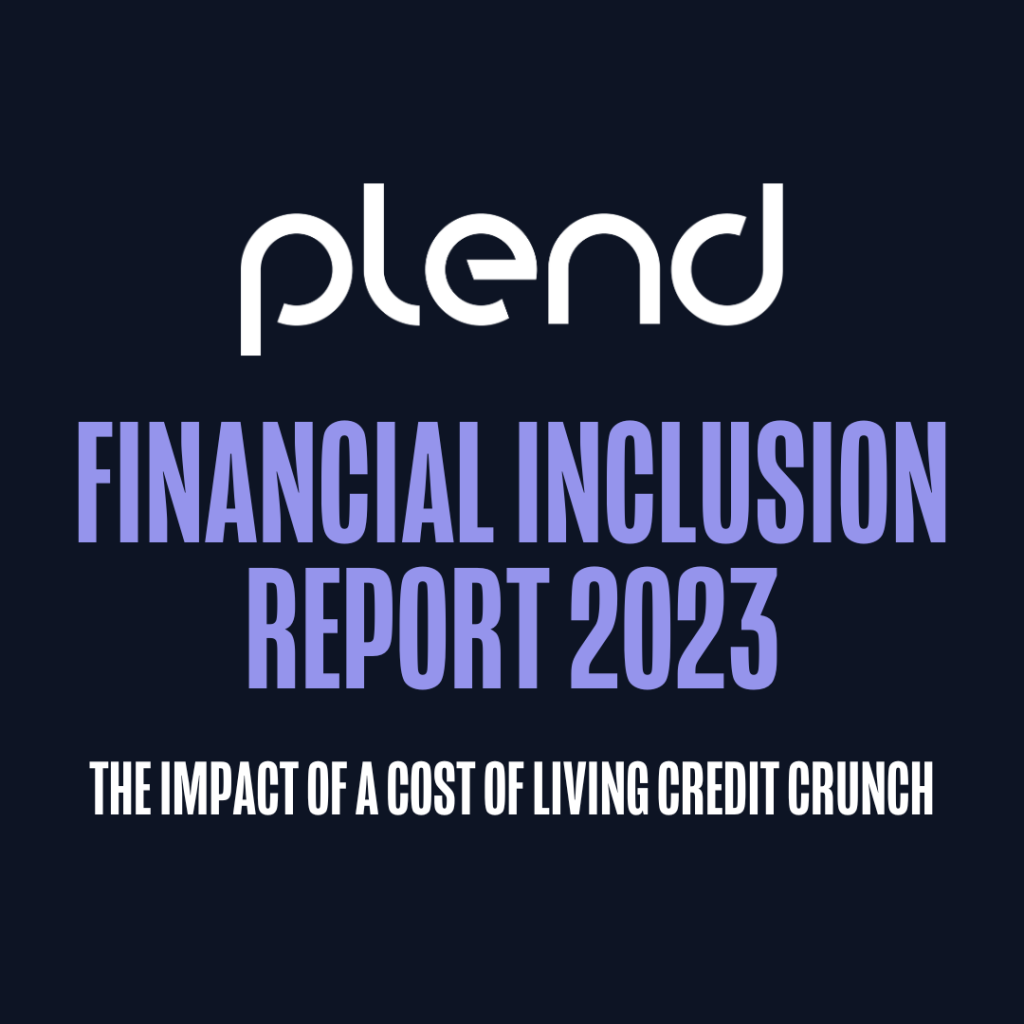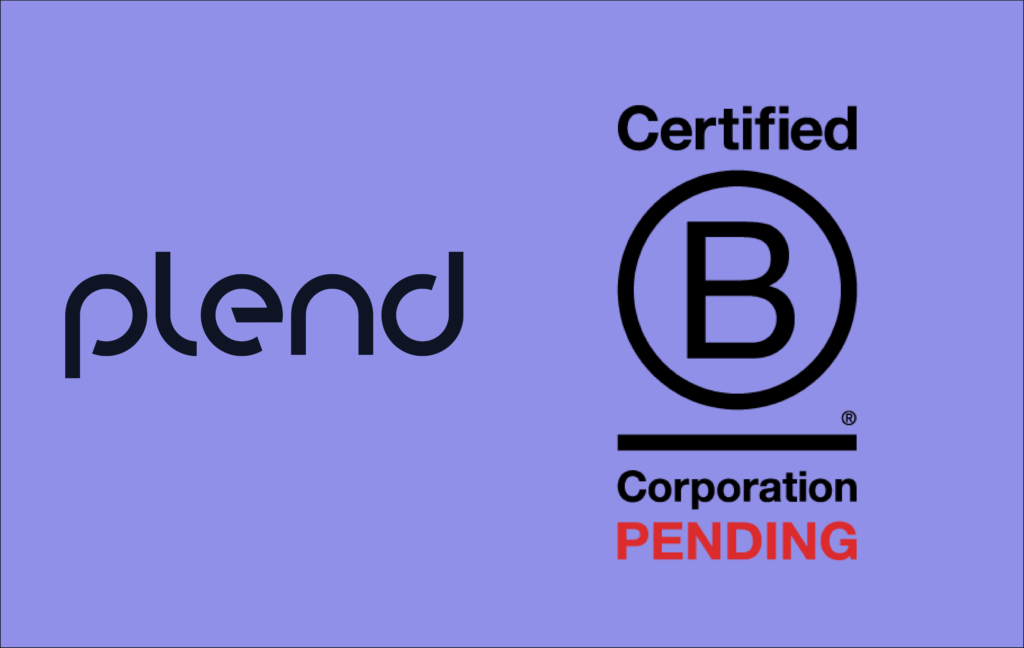The Game is Rigged
Traditional credit scoring – based on historical information from the so called ‘big three’ (Experian, Equifax and TransUnion) – is stuck in the past.
Major factors that determine your ‘score’ include whether or not you have a mortgage, if your electoral roll matches your current address, how many times you’ve moved address, and whether you’ve taken out and repaid credit products.
This last one is why some guides on ‘hacking’ your credit score advise you to take out a credit card and repay it every month without actually using it (or even recommend utilising 30% of your limit each month!)
It’s just one example of how easy the system is to ‘game’ – while still being totally unrelated to your genuine affordability.
When you look at the list of key factors, you start to see a trend emerging:
Who has a tendency to move flats on a semi-regular basis?
Who might be feeling disillusioned with the current political system and not update their electoral roll?
Which generation famously doesn’t have a hope in hell of getting on the property ladder?
Yup, yup and yup again – it’s the Millennial generation. And they’re being utterly shafted by traditional credit scoring. Even Experian accepted that at least 5.8 million of us in the UK are completely invisible to them and other credit reference agencies.
One size doesn’t fit all
What’s crucial to understand about traditional scoring is that it locks you into a certain rate of borrowing – no matter how affordable your basic monthly repayments may be. Let’s say you’ve got a low credit score – or ‘sub-prime’, as they’d call you in the banking sector. Perhaps you’re looking for a loan of £2,000 over 10 months. Now, you might have around £400 disposable cash in your account every month – meaning you’ve got plenty of ‘seam allowance’ to account for the base loan repayments of 200 (before interest) each month.
But you’ve already been classified as sub-prime. This means you’ll be getting a loan at rip-off rates, if you’re allowed a loan at all – despite the fact your finances are actually generously in proportion to the size of the loan you’re looking to take out.
What could be an affordable loan for you – repayments of around £220 a month – suddenly become wallet-gouging options at £300 or £400, despite the fact a fairer loan was far more within your means to pay.
Clearly the difference in affordability *should* be taken into account – but the one size fits all nature of traditional credit scoring means you’ll be shafted with high rates even when your loan request is well within your means.
One size doesn’t fit all. At Plend we believe you should be rewarded with lower rates for cutting your lending cloth according to your means.
Enter Open-Banking
So what is the open-banking revolution, and why are we so excited about it at Plend?
Open-banking means we don’t have to rely on a traditional credit score to base our interest rates on when we offer you a loan.
Instead, it means, with your permission, that we can pull up to the last 6 years of transaction data from your bank account.
There are all sorts of possibilities that you can achieve with access to this data – possibilities that current open banking adopters (and providers!) are only just starting to scratch the surface with.
But at its root, it means we can assess your predicted net disposable income – that all important figure that means our credit risk assessment – and the terms of the loan we offer – can be tailored to the loan you’re asking for.
Open-banking is still a relatively young concept – just over 3 years old – despite some impressive early successes in lowering the risk of late repayments and defaults of loans.
Even bold new affordability and credit risk assessments are usually still based on a blend (or bifurcation) of traditional credit scoring and open-banking data – blending the old, flawed scores with the new approaches.
Essential luxury
The art of open-banking is in how you determine net disposable income each month. You may have, on average, £400 left in your account at the end of each month. But could you cut back, if needed, to pay back larger amounts? And how could a lender determine how much?
This is where we start to get technical. What is ‘disposable’ spend in your account – and what is essential?
Essentials, clearly, are outgoings like rent, utilities, food, childcare, and other payments that we need to make at the end of the month.
Disposables are the luxuries – eating out (remember that?), entertainment, and all the other lovely things that we used to do before lockdown struck in the UK. I know the Netflix subscription at this point probably feels like a sanity essential, but bear with me!
You’ll define a transaction into a bucket – such as coffee shops. Coffee shop spend (again, coming from a die-hard caffeine fiend who needs at least two in the morning to function as a basic human being) – are a disposable. Something you could cut back on.
Some lenders will use text matching to bucket data. This usually means they have some sort of predefined list of coffee shops – Costa, Starbucks, etc – in a reference table that their scoring will look up. This isn’t quite as simple as it sounds, because what’s listed as a transaction on your account, as you’ve probably seen, isn’t always as legible as ‘Costa frosty latte.’ Others will use some sort of AI keyword matching – coffee, latte, etc – to match the data into their buckets. Just pray they updated the data to include cascara and cronuts this year.
When you realise you need to expand this to include every flavour of takeaway, café, luxury purchase and utility company in the UK – you can see what a huge job you have of trying to classify the wealth of data we have at our fingertips.
If you want something done right
Some lenders will use pre-defined data bucket definitions provided by open banking providers to base their scoring or affordability checks from. There’s nothing inherently wrong with this – some of them are incredibly powerful and growing better by the day. Unfortunately, it does make it harder to distinguish yourself in an emerging field if you’re using something off the shelf.
At Plend, we’re building our own data definitions, using our own methods, from the ground-up. It takes more time to set up, and requires more maintenance – but we believe in the long run it’s going to give us the best results and a competitive edge in what will be the future of affordability scoring in the UK.
Clearly we can’t tip our hand too much in terms of what makes our mechanics different from the rest. But what we can tell you are the values that are underpinning our scoring – who we’re building it for, and who will benefit most from it when we launch at the end of 2021.
TL:DR –If you’re a Millennial, and you’ve been locked out of affordable credit – our bespoke PLEND Score™ is being built for you.
Plend offers longer term, sustainable loans at fair interest rates for borrowers that are missing out due to traditional credit scoring – sign up here for early-access!
*Please note the above content does not constitute investment, tax, legal or regulatory advice and is not the view of Plend Limited – please seek external advice where possible when making a financial decision.





